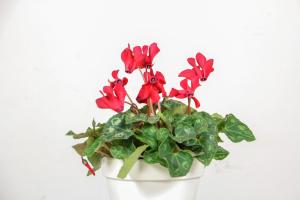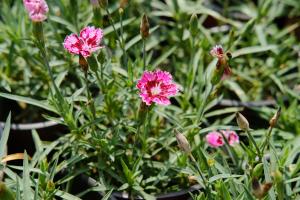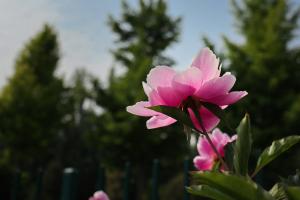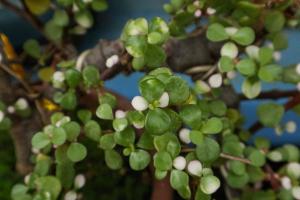Can Freshwater Plants Live in Brackish Water?
Freshwater plants require a specific set of environmental conditions to thrive. They need an adequate amount of light, nutrients, and dissolved oxygen in the water to grow and reproduce. However, can these plants survive in brackish water, which is a mixture of fresh and saltwater?
What is Brackish Water?
Brackish water is a type of aquatic environment in which the water has a salinity level that is higher than freshwater but lower than seawater. It usually occurs in estuaries, where rivers meet the ocean, or in coastal regions where freshwater and saltwater mix. The salinity level of brackish water can vary and may range from 0.5 to 30 parts per thousand.
Impact of Salinity on Freshwater Plants
Salinity is the measure of salt concentration in the water. The higher the salt concentration, the higher the salinity. The salinity level of brackish water can have a significant impact on freshwater plants. Some species of freshwater plants can tolerate a certain level of salinity, while others cannot. Those that cannot tolerate higher levels of salinity will experience stress, and their growth and reproduction may be negatively affected.
Freshwater Plants that can Tolerate Brackish Water
There are some species of freshwater plants that can tolerate brackish water. These plants have developed adaptations that allow them to survive in higher salinity levels. One example is the mangrove tree, which grows in coastal areas and estuaries where they are regularly exposed to brackish water. Another example is the eelgrass, which can grow in salinity levels of up to 30 parts per thousand.
Challenges for Freshwater Plants Living in Brackish Water
While some freshwater plants can tolerate brackish water, it does not mean that they have an easy time surviving in this environment. They will still face several challenges, such as competition from salt-tolerant plants, fluctuating salinity levels, and changes in the water's chemistry. Additionally, high levels of salt can affect the plant's ability to take up nutrients, leading to nutrient deficiencies and stunted growth.
The Role of Human Activities in Brackish Water Environments
Human activities can also impact the salinity level and ecology of brackish water environments. For example, coastal development can result in habitat destruction and increased inputs of pollutants and nutrients, leading to changes in the ecosystem. Additionally, seawater intrusion caused by excessive groundwater pumping can increase the salinity level of freshwater and further alter the salinity balance of the ecosystem.
Conclusion
While some species of freshwater plants can tolerate brackish water, it is important to note that it is not their natural habitat. Brackish water environments are complex and fragile ecosystems that require careful management to ensure their sustainability. Human activities can have profound impacts on these environments, and we must take steps to mitigate any negative impacts to protect the unique flora and fauna that inhabit them.

 how many times do yo...
how many times do yo... how many planted tre...
how many planted tre... how many pine trees ...
how many pine trees ... how many pecan trees...
how many pecan trees... how many plants comp...
how many plants comp... how many plants can ...
how many plants can ... how many plants and ...
how many plants and ... how many pepper plan...
how many pepper plan...
































